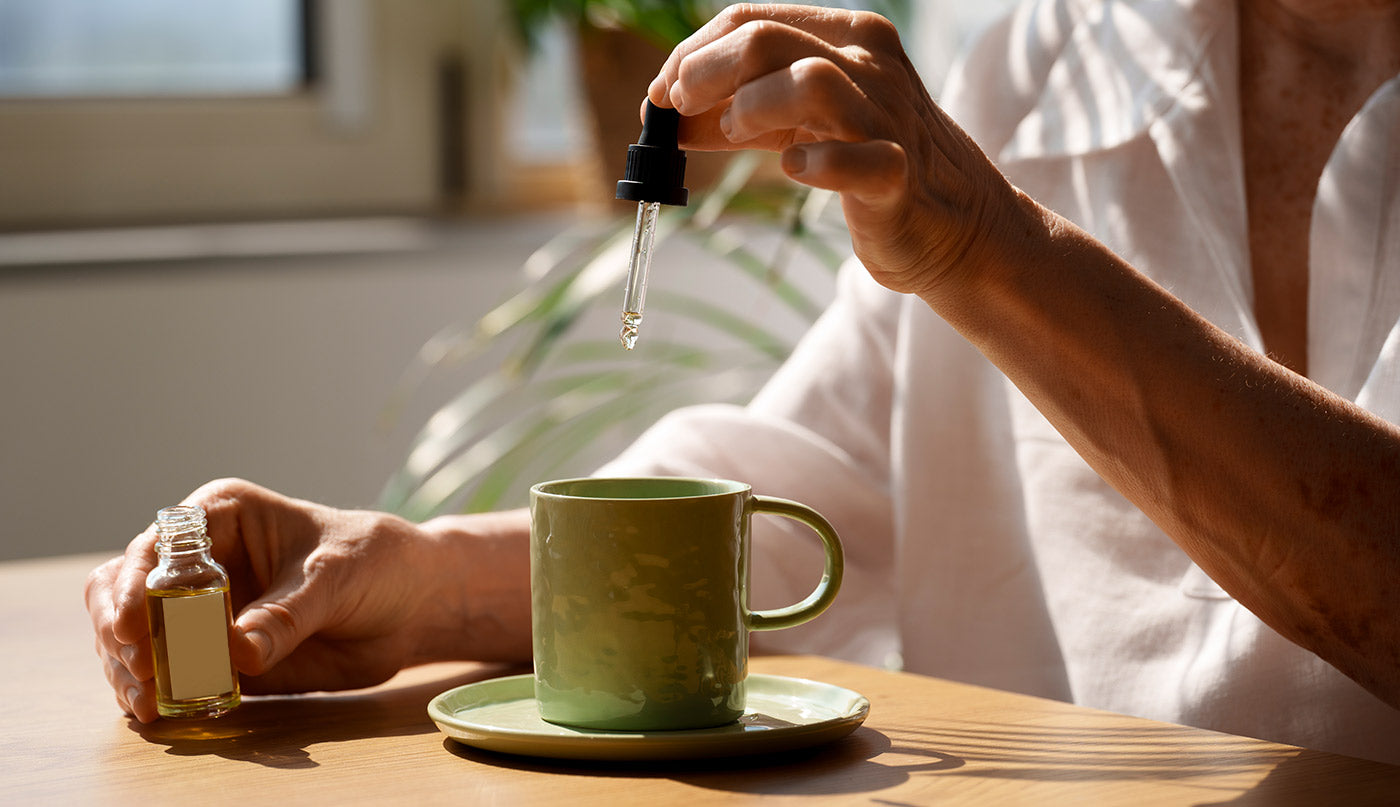
Osteoarthritis: A Comprehensive Guide for Patients
Osteoarthritis (OA) is the most common form of arthritis, affecting millions of people worldwide and a significant number of Australians. This breakdown leads to friction between bones, resulting in pain, stiffness, and inflammation. While osteoarthritis can occur in any joint, it most commonly affects the hands, knees, hips, and spine.
Symptoms of Osteoarthritis
Osteoarthritis symptoms can vary from mild to severe, with the intensity often increasing over time.
Common symptoms include:
- Joint Pain: Pain typically worsens with activity and improves with rest. However, as osteoarthritis progresses, pain may persist even at rest or during the night.
- Stiffness: Many people with osteoarthritis experience joint stiffness, particularly in the morning or after periods of inactivity.
- Swelling: Inflammation in the affected joint can cause swelling and tenderness.
- Reduced Range of Motion: The affected joint may lose flexibility, making it difficult to move fully.
- Joint Deformity: Over time, joints may change shape, particularly in the hands and fingers, leading to visible deformities.
Causes and Risk Factors
Osteoarthritis develops over time due to the wear and tear of joint cartilage.
Several factors increase the risk of developing OA, including:
- Age: The risk of osteoarthritis increases with age, as cartilage naturally wears down over time.
- Genetics: Family history plays a role; individuals with close relatives who have OA are more likely to develop it.
- Injury: Joint injuries from accidents or sports can lead to osteoarthritis later in life, even if the injury heals well initially.
- Repetitive Stress: Occupations or activities that place repetitive stress on joints can increase the risk of osteoarthritis.
- Obesity: Excess weight places added pressure on weight-bearing joints, such as the knees and hips, accelerating cartilage breakdown.
- Gender: Women are more likely than men to develop osteoarthritis, particularly after menopause, possibly due to hormonal factors.
Conventional Treatment Options for Osteoarthritis
There is no cure for osteoarthritis, but treatments focus on managing pain, improving joint function, and slowing disease progression.
Standard treatment options include:
- Medications: Pain relievers like acetaminophen, nonsteroidal anti-inflammatory drugs (NSAIDs), and topical creams can help reduce pain and inflammation.
- Physical Therapy: Physical therapy involves exercises designed to strengthen muscles around the joints, improve flexibility, and reduce pain.
- Weight Management: Maintaining a healthy weight reduces stress on weight-bearing joints, potentially slowing the progression of OA.
- Injections: Corticosteroid injections can provide temporary pain relief, while hyaluronic acid injections may help lubricate the joint.
- Surgery: In advanced cases, joint replacement surgery may be considered for severe pain and disability in the hip or knee.
Holistic Treatments for Osteoarthritis Symptoms
In addition to conventional treatments, many people with osteoarthritis benefit from holistic approaches that address pain, inflammation, and overall joint health.
Here are some effective holistic treatments for managing osteoarthritis symptoms:
1. Anti-Inflammatory Diet
A balanced, anti-inflammatory diet can support joint health by reducing inflammation in the body. Focus on including foods that are rich in antioxidants, vitamins, and healthy fats.
- Omega-3 Fatty Acids: Found in salmon, sardines, flaxseeds, and chia seeds, omega-3s have anti-inflammatory properties that may help alleviate joint pain.
- Fruits and Vegetables: Colourful fruits and vegetables, such as berries, spinach, and sweet potatoes, are high in antioxidants that protect against cell damage.
- Turmeric and Ginger: These spices contain compounds like curcumin and gingerol, which have anti-inflammatory effects. Adding them to your diet or taking them as supplements may reduce pain and inflammation.
2. Herbal Supplements
Certain herbal supplements have shown potential in reducing osteoarthritis symptoms. Always consult with a healthcare provider before adding supplements to your regimen.
- Boswellia (Frankincense): Known for its anti-inflammatory effects, Boswellia may help reduce joint pain and improve mobility in people with osteoarthritis.
- Willow Bark: Sometimes called “nature’s aspirin,” willow bark has analgesic properties that can help relieve pain.
- Glucosamine and Chondroitin: These supplements are often taken together to help repair cartilage and reduce pain, though studies have shown mixed results. Some people report significant relief with regular use.
3. Physical Activity and Exercise
Exercise is essential for maintaining joint flexibility, strengthening muscles, and managing weight, which reduces pressure on joints. Choose low-impact activities that are easy on the joints:
- Walking and Swimming: These gentle exercises can help improve circulation, reduce stiffness, and relieve pain without stressing the joints.
- Strength Training: Building muscle strength around affected joints can support stability and improve function, reducing strain on the joints.
- Stretching and Range of Motion Exercises: Simple stretches and range of motion exercises help maintain flexibility and prevent stiffness.
4. Mind-Body Practices
Mind-body practices can help manage pain perception and improve overall mental health, which is important in managing chronic conditions like osteoarthritis.
- Yoga: Yoga improves flexibility, balance, and strength, and studies show it can help reduce pain and improve function in people with osteoarthritis.
- Tai Chi: This gentle form of martial art focuses on slow, flowing movements and deep breathing, which can help reduce pain and stiffness.
- Mindfulness Meditation: Practicing mindfulness can help people cope with chronic pain by reducing stress and increasing pain tolerance.
5. Acupuncture
Acupuncture, an ancient Chinese therapy, involves inserting thin needles into specific points on the body to stimulate pain relief and promote healing. Some studies suggest acupuncture may help reduce OA pain by releasing natural pain-relieving chemicals in the body and improving blood flow to affected areas.
6. Heat and Cold Therapy
Alternating between hot and cold therapy can provide significant relief for osteoarthritis symptoms.
- Heat Therapy: Warm compresses or heating pads can help relax muscles and ease stiffness.
- Cold Therapy: Ice packs can reduce inflammation and numb pain, making it useful after physical activity or during flare-ups.
Self-Care Tips for Managing Osteoarthritis
Self-care is essential in managing osteoarthritis effectively. Incorporating these habits into your routine can help ease symptoms and improve joint health:
- Maintain a Healthy Weight: Reducing extra weight takes pressure off weight-bearing joints, potentially slowing the progression of osteoarthritis.
- Stay Hydrated: Drinking plenty of water helps maintain joint lubrication and supports cartilage health.
- Use Joint Protection Techniques: Modify activities to reduce strain on joints, use supportive devices when needed, and avoid overexertion.
Summary
Osteoarthritis is a challenging condition, but with the right combination of treatments, it is possible to manage pain, improve mobility, and maintain a good quality of life. Alongside conventional therapies, holistic approaches like an anti-inflammatory diet, exercise, herbal supplements, and mind-body practices can support joint health and provide relief from OA symptoms.
Our clinic offers a comprehensive approach to osteoarthritis management, incorporating both medical and holistic options tailored to each patient’s needs. Consult with healthcare professionals before starting new treatments, especially supplements or alternative therapies, to ensure they are safe and suitable for your condition.

